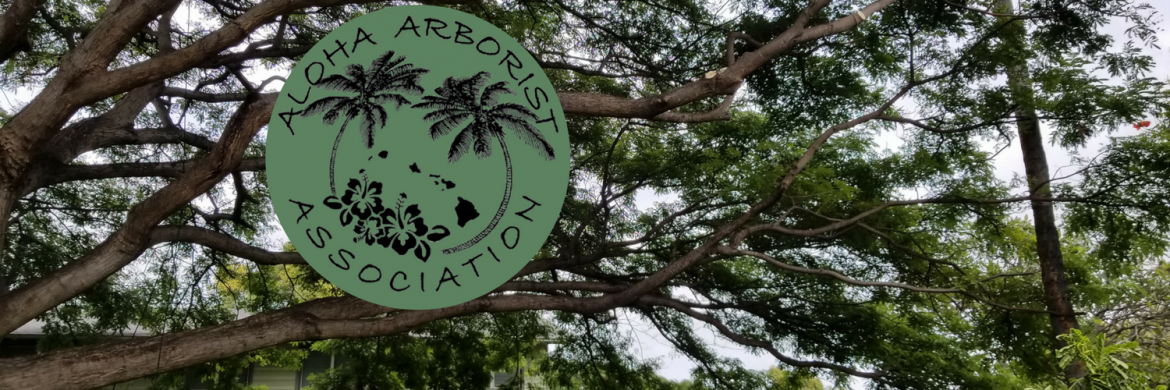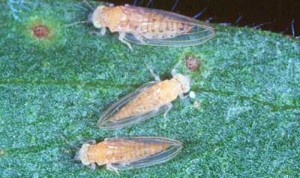Melaleuca Psyllid – Boreioglycaspis melaleucae Moore
An introduced psyllid for biological control of Paperbark trees in Florida.

Melaleuca stems and leaves covered with a white waxy flocculence produced by a heavy infestation of nymphs of Boreioglycaspis melaleucae Moore, a psyllid. Photograph by Susan Wineriter, USDA.
- Hosts: Melaleuca quinquenervia (Paperbark Tree), Melaleuca leucadendra, Melaleuca nervosa, Melaleuca argentea, Melaleuca viridiflora, Melaleuca nodosa, and Callistemon citrinus (Bottlebrush).
- Distribution: B. melaleucae has been collected from all states in its native Australia except South Australia. Specimens released in Florida originated from southeastern Queensland. As of October 2002, the melaleuca psyllid had been released in five Florida counties. It will spread naturally to all 22 central and south Florida counties where melaleuca infestations occur.
- Damage: Both adults and nymphs fed on melaleuca, but nymphal feeding severely damaged melaleuca. Leaves became chlorotic, turned brown and eventually died. Heavy infestations killed young plants and saplings. B. melaleucae is capable of severely damaging melaleuca because this insect completes its life cycle entirely in the tree canopy.
- Control: Melaleuca quinquenervia is a federally and Florida state-listed noxious weed. For the state of Florida there should be no need for biological control and chemical control legally cannot be purchased or possessed. Biological Control: There is one Australian nymphal parasitoid, Psyllaephagus sp. that is known to attack Boreioglycaspis melaleucae . Chemical control: Chemical pesticides labeled for psyllids are known to work for chemical control and strong sprays of water will wash the nymphs from the leaves.

Lateral view of a female Boreioglycaspis melaleucae Moore, a psyllid. Photograph by Susan Wineriter, USDA.
For full length article click on link – October 2013 Pest – Melaleuca Psyllid
Source: “Featured Creatures” Entomology and Nematology, Florida Agriculture and Consumer Services, Plant Division Industry, University of Florida, IFAS. http://entnemdept.ufl.edu/creatures/beneficial/b_melaleucae.htm
Photos taken by: Susan Wineriter, USDA. and Jeffrey Lotz, DPI.

